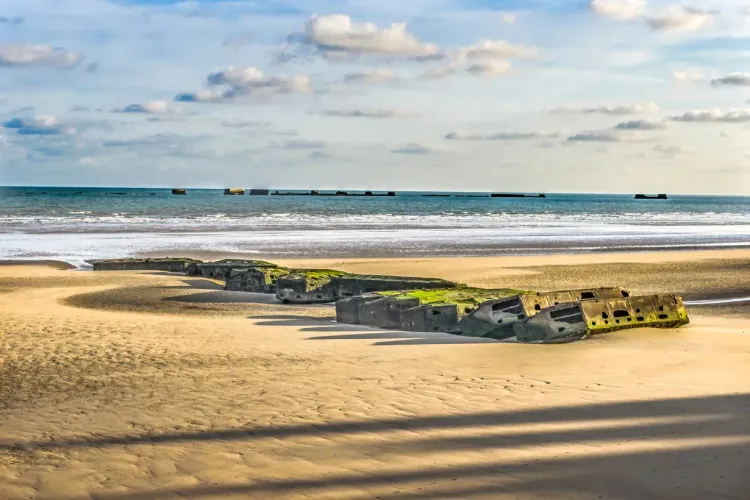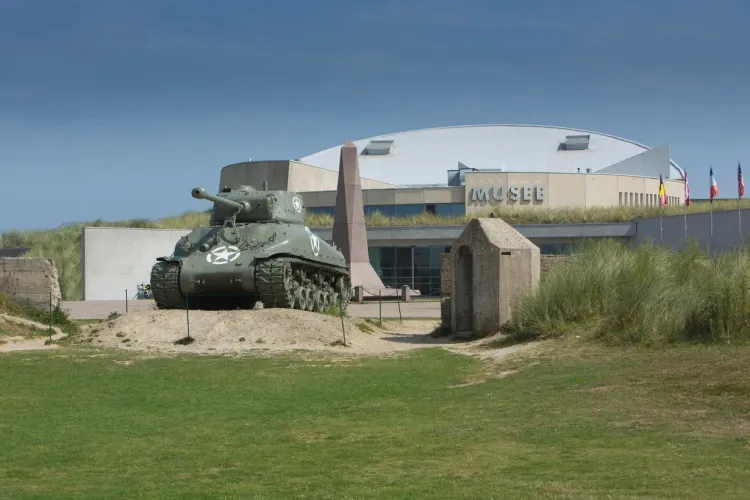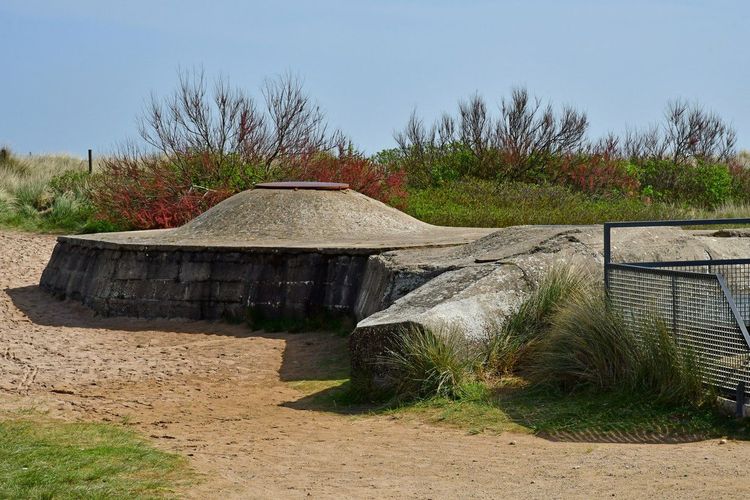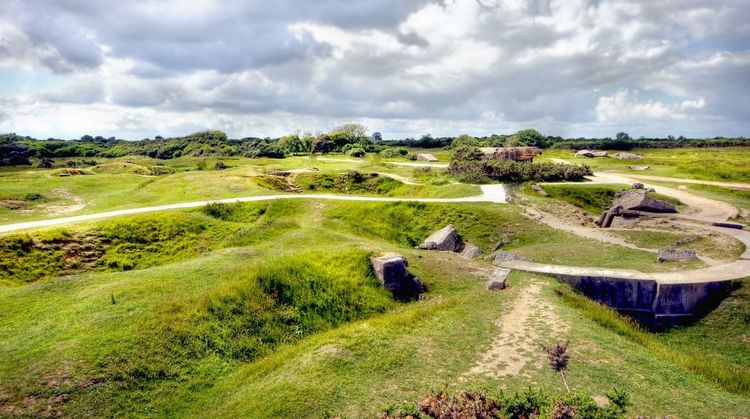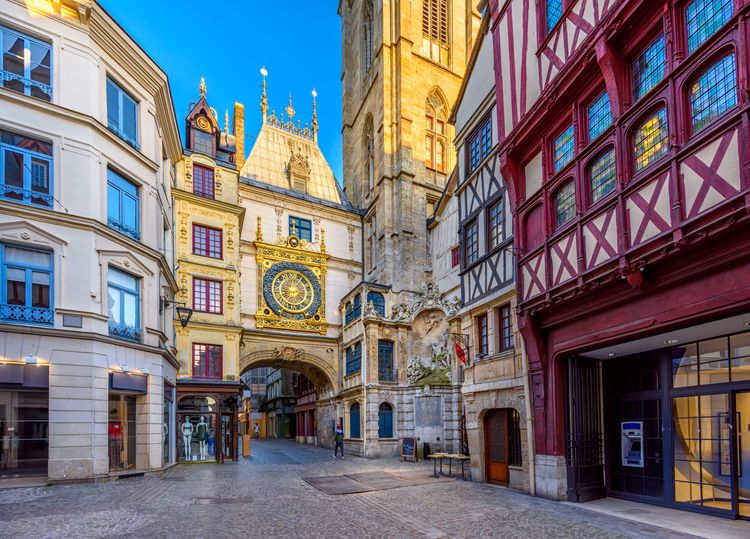At 7.37am on 6 June 1944, around 25,000 British soldiers from the 50th Division landed on Gold Beach, at Arromanches-les-Bains. A few hours later, in the afternoon, the troops liberated the town. Construction then began on the artificial port of Mulberry. It served as a supply point for the allied troops on site. The remains of this port can still be seen on Gold Beach, just a few hundred metres from the shore. The first museum in France to be built to commemorate D-Day, the Musée du Débarquement d'Arromanches tells the story of these floating jetties, key to the Allied victory in the Battle of Normandy. Operational from 14 June 1944, the artificial port at Arromanches, commissioned by Winston Churchill, is the only one left in service after the destruction of its counterpart on Omaha Beach.
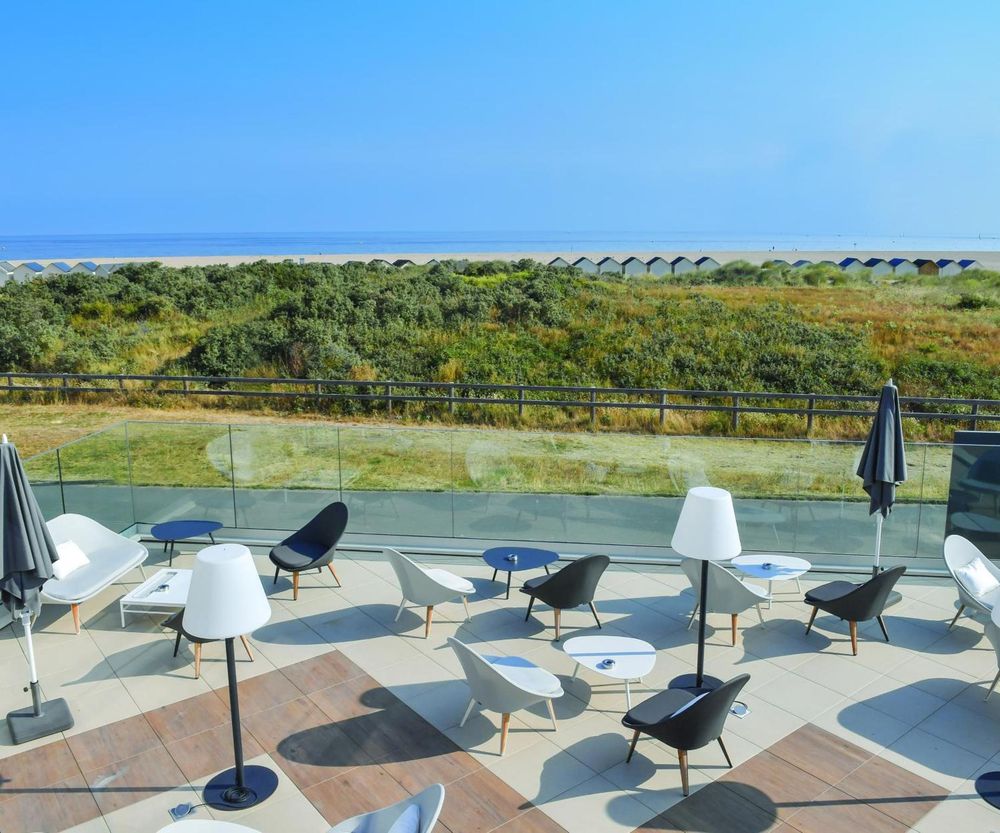 Ouistreham
Ouistreham

